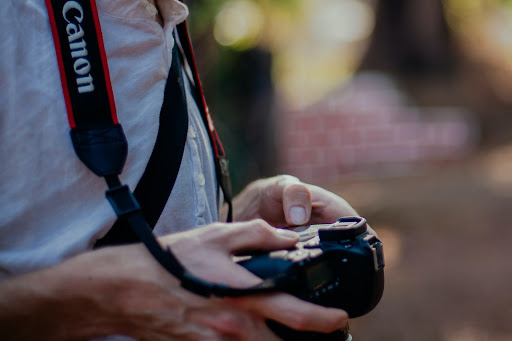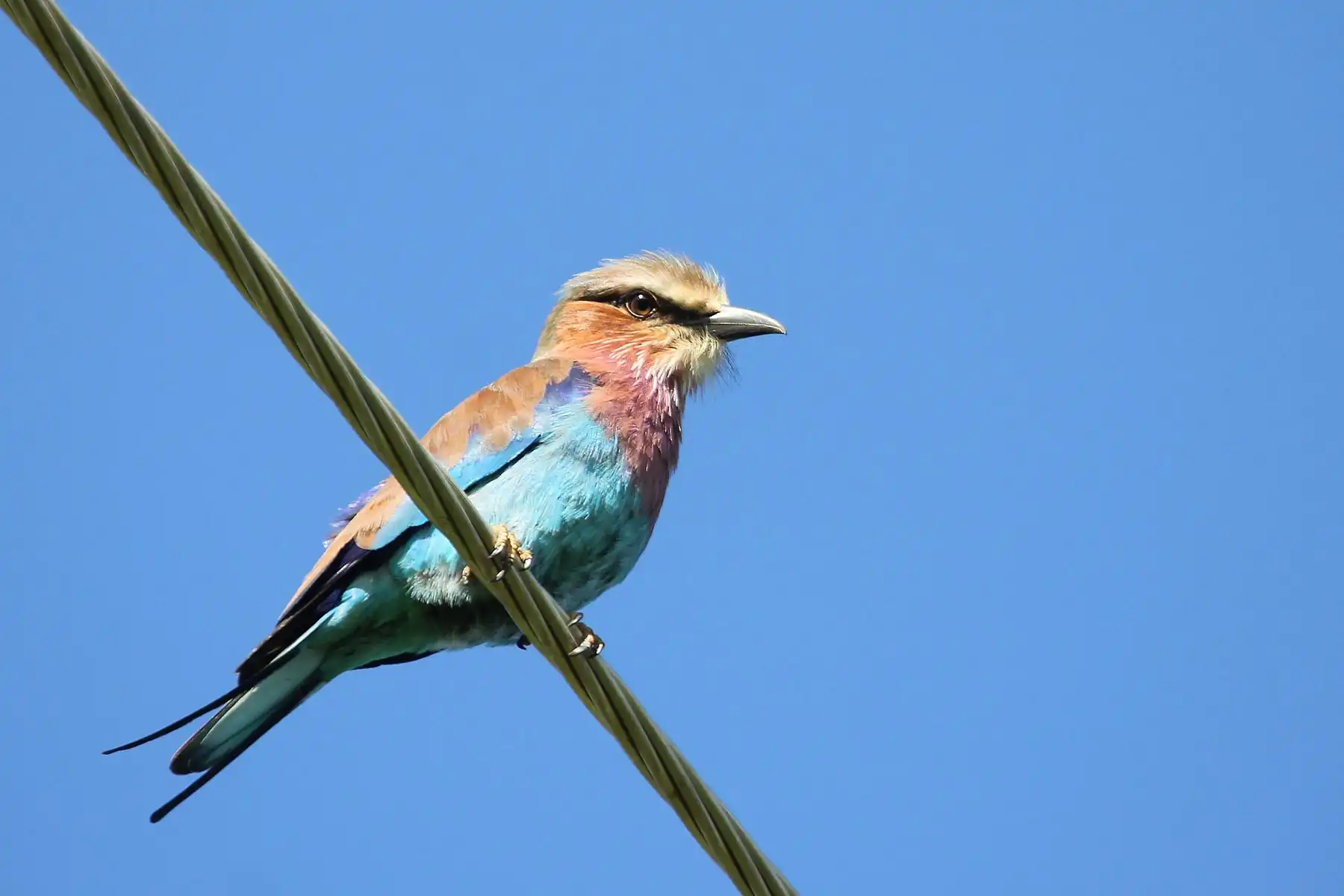Landscape photography is a powerful medium for storytelling. A single image can convey the vastness of nature, the serenity of a still lake, or the drama of a stormy sky. By choosing the right location, composition, and equipment, a skilled photographer can create images that evoke a wide range of emotions in viewers. Let’s explore how professional cameras can be used to create scenic photographs that tell a story and evoke emotion.
Post Contents
The Beauty of Capturing the Right Moment
In outdoor photography, timing is everything. The right moment can make all the difference in creating a photograph that tells a story and evokes emotion. This is where the skill and intuition of the photographer come into play. By carefully observing the scene and anticipating the movement of the sun, clouds, and other elements, a photographer can capture the moment when the light and atmosphere are just right. One also has to have patience and persistence. Sometimes, it may take hours, days, or even weeks of waiting to capture the perfect shot. To do this, DSLR cameras are used as they have faster shutter speeds and better image quality than smartphones or point-and-shoot cameras.
Choose Proper Lens
The lens is just as important as the camera when taking photos outside. Different lenses can be used to create different effects, such as a wide-angle lens for capturing a vast landscape or a telephoto lens for isolating a specific element within the scene. A professional camera offers a wide range of compatible lenses, allowing photographers to choose the right lens for the job. Additionally, choosing the right aperture can also affect the depth of field and the amount of light entering the camera. A wider aperture can create a shallow depth of field, blurring the background and emphasizing the foreground subject.
Choose the Perfect Camera
One of the most important decisions a landscape photographer can make is choosing a good camera. While any camera can be used to capture beautiful scenery, a premium camera can produce images with higher resolution, better color accuracy, and finer detail.
One of the best DSLR cameras for this type of photography is the Canon camera, which is known for its high resolution and exceptional image quality. With a professional Canon camera, a photographer can capture images with stunning clarity and detail, allowing viewers to immerse themselves in the scene. Besides its high resolution, the Canon camera is also known for its durability and versatility. It can withstand harsh weather conditions and can be used in various lighting situations, making it an ideal camera for this kind of photography.

https://unsplash.com/photos/fQrxRZWWaaM
Use Composition to Tell a Story
Composition is another key element of landscape photography. By carefully arranging the elements within the frame, a photographer can create a sense of balance, harmony, or tension that evokes emotion in viewers. For example, placing a strong foreground element in the frame can create a sense of depth and draw the viewer’s eye into the image, while a symmetrical composition can create a sense of calm and order. The rule of thirds is a popular compositional technique where the scene is divided into thirds both horizontally and vertically. This technique creates a more balanced and aesthetically pleasing image and draws the viewer’s attention to the main subject.
Use Light and Color to Create a Mood
Light and color are powerful tools for evoking emotion in scenic photography. By choosing the right time of day and adjusting the exposure settings, a photographer can create a sense of warmth, coolness, or drama in the image. Similarly, by adjusting the color balance and saturation, a photographer can create a sense of vibrancy, subtlety, or moodiness in the image. Using a polarizing filter can also enhance the colors and reduce glare and reflections, especially when photographing bodies of water or foliage. Moreover, experimenting with different white balance settings can create unique color tones and moods in the image.
Post-Process for Maximum Impact
Post-processing is the final part of creating outdoor photographs that tell a story and evoke emotion. By using editing software, a photographer can fine-tune the color, contrast, and sharpness of the image, bringing out the details and creating a mood that reinforces the story being told. A premium camera captures images with exceptional detail and color accuracy and makes them ideal for post-processing. This essential step in landscape photography can enhance the mood and atmosphere of the image.
In Conclusion
Landscape photography is a powerful medium for storytelling and evoking emotion. By choosing the right camera, lens, composition, and post-processing techniques, a skilled photographer can create images that transport viewers to another place and time. With an advanced camera, a photographer can capture the beauty and drama of nature with stunning clarity and detail, creating images that tell a story and evoke a wide range of emotions.










